Novo São Januário
| Capacity | 47 383 |
|---|---|
| Country | Brazil |
| City | Rio de Janeiro |
| Clubs | Vasco de Gama |
| Category | Design awaiting implementation |
| Cost | R$506 M ($98 M) |
| Construction | ? |
| Design | Sérgio Dias |
Advertisement
Novo São Januário – design description
What does Estádio São Januário look like?
Estádio Vasco da Gama, commonly known as Estádio São Januário, was built between 1926 and 1927. Its construction was made possible by the donation of materials and funds, as well as volunteer work undertaken by supporters of the club. In 1928, Brazil's first floodlighting system was inaugurated at the stadium.
When the northern curve was completed in November 1927 (a few months after the inauguration of the facility), the stadium's capacity reached 50,000 spectators. Until the opening of the Estadio Centenario in Montevideo (in 1930), it was the largest stadium in South America. Today, the stadium's capacity is limited to about 22,000 spectators.
The original plans included the construction of a second curve on the south side and closing the entire oval, but the project was never fully completed. To this day the stadium, although it has undergone many renovations, has retained the original shape achieved in 1927, along with the open south side. The facility has primarily served the Vasco da Gama football team since its inception.
Who are the Club de Regatas Vasco da Gama?
Club de Regatas Vasco da Gama (or simply Vasco da Gama) was founded in 1898 as a rowing club. In 1915, the now most popular football section was established. The club ranks among Brazil's most recognizable football teams.
Among the club's founders were Portuguese emigrants and their descendants, which is reflected in the name (in honor of a Portuguese explorer) and the club's symbols. Part of the club's identity is also an opposition to racism and elitism.
Why is the reconstruction of Estádio São Januário needed?
Since the facility, which is nearly a century old, has never undergone any major reconstruction, there have long been various voices calling for its modernization. A chance for a major renovation of the stadium was the idea of holding matches at the stadium as part of the rugby 7 tournament during the 2016 Olympic Games. However, this plan did not live to see fruition.
When was the current concept for the reconstruction of Estádio São Januário presented?
On December 18, 2018, at the Bolsa do Rio conference center, the club presented the concept for the redevelopment of Estádio São Januário, which was designed by architect Sérgio Dias. The vision was to cost 208 million reals to realize, and the stadium's capacity would increase to more than 41,000 spectators. The project was intended to be completed through partnerships with private developers. The redevelopment was to be completed in April 2027, in time for the stadium's centennial.
In 2020, the projected price tag rose to 275 million reals, and the stadium's assumed capacity was increased to more than 43,000 spectators.
Are there other ideas for the redevelopment of Estádio São Januário?
In 2020, there were two alternative visions, the fan-initiated “Nosso São Januário” concept, as well as the striking “Vasco da Gama ship” design as part of Leven Siano's campaign during the election for club president.
However, the club proceeded with the vision presented in 2018, negotiating for the construction with potential business partners and the mayor of Rio de Janeiro.
Where will Vasco da Gama get the funds to redevelop Estádio São Januário?
In local law, there is the term of “potencial construtivo”. The role of the “potencial construtivo” is to limit the scale of construction projects to certain values in floor area and building height, according to the adopted local zoning plan.
In the case of Estádio São Januário, the “potencial construtivo” allows construction because the project does not involve development of the entire plot (a lot of open space remains undeveloped: the pitch and other areas), and therefore the limits on maximum floor area are not exceeded.
In fact, the club has a significant reserve of space that could still be developed. This is important for the plan to finance the redevelopment of the stadium, since there is the possibility of transferring this “reserve” for a fee to other entities that do not have such a reserve, but would like to carry out major construction projects on their land.
“Reserve” held by Vasco da Gama would be transferred to another location, in the Barra da Tijuca district. The funds obtained in return could largely finance the investment or even cover it in full. Such a move, however, requires complex administrative procedures and the approval of the mayor and city council.
When might the reconstruction of Estádio São Januário come to fruition?
On November 7, 2023, Mayor Eduardo Paes signed the relevant document, granting approval for the Vasco da Gama plan. The approval of city councilors is still needed to close the procedure.
The work to rebuild the stadium is expected to take about two years. For the duration of the construction, Vasco da Gama team will likely move to the Maracanã. The club still hopes to complete the reconstruction in 2027, in time for the 100th anniversary of the stadium's opening.
When was the latest version of Estádio São Januário reconstruction project presented?
On November 9, 2023, two days after the mayor's decision, the club unveiled an updated concept for the stadium's redevelopment by architect Sérgio Dias. Visible changes include new stands on the north, east and south sides, which have been divided into two floors. The projected capacity has also been increased once again, to more than 47,000 spectators, and the projected cost is already 506 million reals.
What does Estádio São Januário reconstruction concept entail?
The plan calls for the complete reconstruction of Estádio São Januário. One of the few surviving elements from the old structure will be the historic facade of the main stand. As a result of the upgrade, the auditorium will move closer to the field, and the entire stadium will receive a rectangular, enclosed form.
The capacity of the stadium after the reconstruction will increase to 47,383 spectators. There will still be a very large share of standing areas (just under 34,000, nearly 70% of the total capacity). Numerous premium seats and skyboxes will also be available. The stands will be fully covered.
The main stand will be lower than the others, and two corner towers will be erected on its sides. The northern tower will house the club's museum, trophy exhibition, store, and restaurants. The south tower will house offices as well as corporate and event spaces.
On the other three sides, the stands will be divided into two floors (separated by a narrow strip of boxes). A significant portion of these stands will have standing room.
In addition to the reconstruction of the stadium itself, the upgrade is also expected to include the entire Vasco da Gama sports complex located around the venue.
What original attributes will Estádio São Januário receive?
The facility will be full of references to the team's colors, history and identity. The facade of the new stands will be decorated with crosses familiar from the Vasco da Gama logo, and visible signs with the club's name will be created on the edges of the roof.
The outside wall of the northern tower is to be engraved with the text of the so-called Historic Reply, a letter from the club's then president, José Augusto Prestes, dated April 7, 1924, to the Associação Metropolitana de Esportes Athleticos (AMEA). The letter rejected calls for 12 players with black skin or from lower social classes to be stripped of team membership. The letter is seen today as a breakthrough in the fight against racism and social inequality in Brazil.
Advertisement
Renderings

2023 © Sérgio Dias 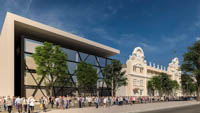
2023 © Sérgio Dias 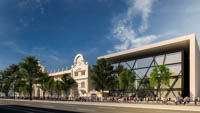
2023 © Sérgio Dias 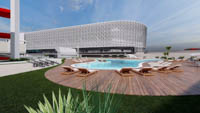
2023 © Sérgio Dias 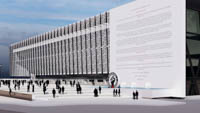
2023 © Sérgio Dias 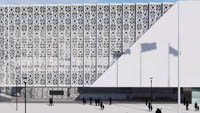
2023 © Sérgio Dias 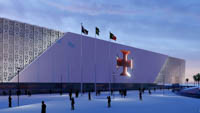
2023 © Sérgio Dias 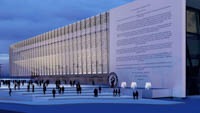
2023 © Sérgio Dias 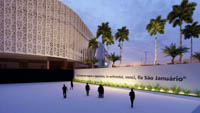
2023 © Sérgio Dias 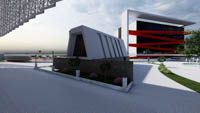
2023 © Sérgio Dias 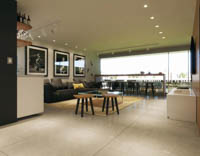
2023 © Sérgio Dias 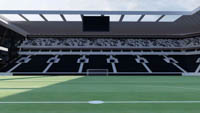
2023 © Sérgio Dias 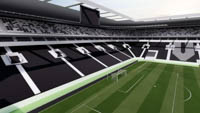
2023 © Sérgio Dias 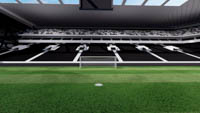
2023 © Sérgio Dias 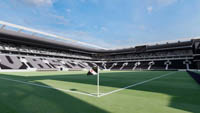
2023 © Sérgio Dias 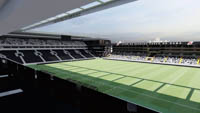
2023 © Sérgio Dias 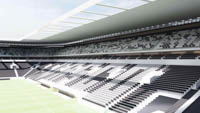
2023 © Sérgio Dias 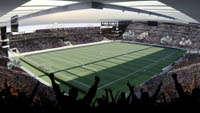
2023 © Sérgio Dias 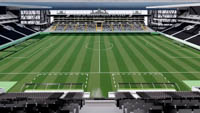
2023 © Sérgio Dias 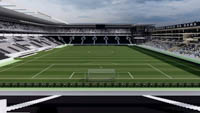
2023 © Sérgio Dias 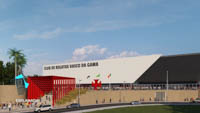
2018 © Sérgio Dias 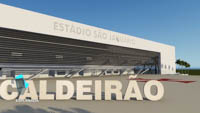
2018 © Sérgio Dias 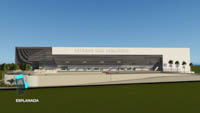
2018 © Sérgio Dias 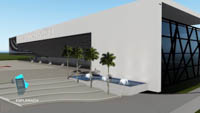
2018 © Sérgio Dias 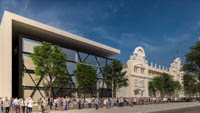
2018 © Sérgio Dias 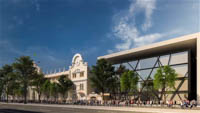
2018 © Sérgio Dias 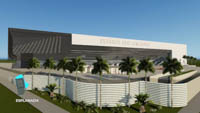
2018 © Sérgio Dias 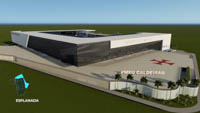
2018 © Sérgio Dias 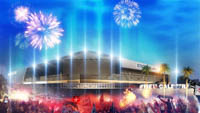
2018 © Sérgio Dias 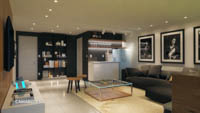
2018 © Sérgio Dias 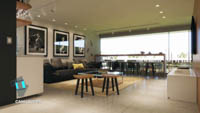
2018 © Sérgio Dias 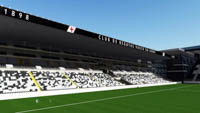
2018 © Sérgio Dias 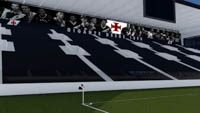
2018 © Sérgio Dias 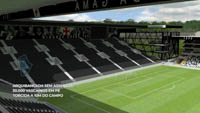
2018 © Sérgio Dias 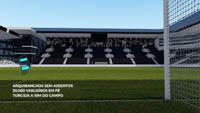
2018 © Sérgio Dias 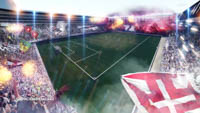
2018 © Sérgio Dias 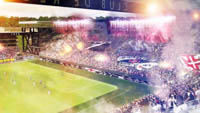
2018 © Sérgio Dias
2018:

 StadiumDB
StadiumDB